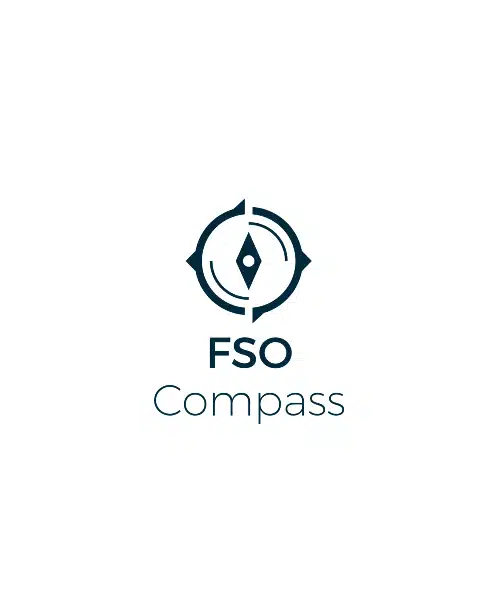So you’ve done all your studying and are ready to practice for the Foreign Service Officer Test (FSOT), but you’re not really sure how?
Don’t worry, I had the same problem. Actually, the vast majority of folks taking the test have had or are currently having the exact same problem.
Why?
Part of the reason is that it’s hard to prepare for the breadth of knowledge within each component of the test and their time limits:
- Job Knowledge (40 min)
- Situational Judgement (42 min)
- English Expression (50 min); and
- Written Essay (7 min to read and prep, 25 min to write the essay)
Oh, and you have no breaks in between.
I recall taking the FSOT for the first time, thinking that I had studied sufficiently and was capable of hitting the much-needed minimum score to pass, and realizing just how wrong I was by the end of my near three-hour period.
Where did I go wrong? I had studied, but I had not adequately practiced taking the test.
The way you practice and prepare for the FSOT is very important. But unfortunately, the resources available to applicants, and myself at the time, were lacking. For this reason, I set out to create tools and resources to help practice for the FSOT the right way.
FSO Compass: Practice for the FSOT
FSO Compass is the resource to help you prepare and practice for the FSOT.
You see, I speak from experience. I know it works because after its creation it helped me pass the test. I had tried a couple of times to pass wthout success. Realizing that I wasn’t utilizing, or even being able to find the right preparation tools, I decided to create the right tools that mimic the test’s unique challengess.
To accomplish this, and at the heart of FSO Compass which makes it such a great tool(!), are it’s simulators.
The FSOT Simulator
The FSOT Simulator helps you practice for the Job Knowledge section, which tends to be the most challenging portion of the test. The applicant is required to have detailed knowledge and skill in eight extensive areas:
- United States Government;
- United States History, Society, Customs, and Culture;
- World History and Geography;
- Economics;
- Mathematics and Statistics;
- Management Principles, Psychology, and Human Behavior;
- Communications; and
- Computers and the Internet
The list of topics and related areas of study within each area are vast, and thus the breadth of questions that you may be asked can be overwhelming.
The FSOT Simulator helps by providing a carefully crafted set of multiple-choice questions modeled off of those in the Job Knowledge section. It also uses a timer (I cannot emphasize enough how important practicing with a timer is to improving your chances on the test), and has similar functions to the real experience, such as a ‘skip and return to later’, only seeing one question at a time, etc. But where the simulator really shines, and what sets it apart, is the answer page.
This page not only displays why your answer was correct or incorrect, but it also provides you with (1) background information on the other answer choices and (2) suggestions on which subjects and resources to review if you receive a low score in a specific knowledge or skill area. This is awesome!
(I know I created it, but it is still awesome!)
Not only are you able to learn from your mistakes, but you then have the opportunity to focus on the areas where you need further preparation. In other words, you are not randomly casting your ‘study time’ net.
The Essay Simulators
As the name implies, these two simulators help you practice for the essay portion of the FSOT by mimicking the conditions of the real test:
- You don’t know the prompt(s) until you begin;
- The writing format is similar;
- You are timed and must keep to a character limit; and
- You have an opportunity to review your submission and utilize a grammar tool to see where you could have improved your writing.
Just like The FSOT Simulator, these are key because they provide you with the opportunity to practice the challenges you will face in this section of the test.
When you take the FSOT, you have no idea what the essay prompt will be. There are subject areas and discussion topics you can prepare for, but there is no way of determining what prompts you will be asked. The only time you should know what you are supposed to answer is when the prompts first appear on the screen.
Practicing for the essay portion at home, you run into the problem of evaluating the question ahead of time – say if you looked up questions to practice with. Even if it is just a minute before you begin writing, you are already “cheating the system”. You see, as soon as the prompts become viewable you immediately begin to formulate a plan and an argument – defeating the purpose of practicing for the written essay.
Further, we have gotten so used to using Microsoft Word (or a similar product) that we take for granted what it does automatically: capitalizing the first letter of the first word after a sentence, checking for and correcting spelling mistakes, providing grammar advice, and so forth. During the FSOT, these features are not available. If you do not practice for their absence, it will slow you down during the testing period as you quickly realize that these helpful shortcuts are not functional, and potentially cost you points.
Additionally, there is timing. When I used to practice (pre-simulator), I would tell myself I had 25 minutes and that I could not go over this time limit. Most of the time, I kept myself honest, but sometimes I bent my rule by a few seconds so I could fix a grammar mistake I noticed late. This might not seem like that big of a deal, but the whole point of practicing for the test is conditioning. I want to prepare as much as possible and bending a rule is hindering.
Finally, you need to be fully aware of the time and character limits as you are writing, which means they need to be readily available on the screen.
The Essay Simulators do this, and this is what makes them awesome!
One last thing to note – The two simulators have similar frameworks but differ in their mechanisms. What do I mean by this? The first essay simulator allows you to practice the way the FSOT tests you right now (you are provided with three prompts and choose one to write about). The second essay simulator allows you to practice the way the FSOT section used to test you (one prompt). Personally, I find the latter more of a challenge as you are not given an option.
FSO Compass: Looking Ahead
FSO Compass is a great resource, but it is just the beginning. Looking ahead, I plan to expand it with more simulators, a learning resource library, test prep courses, and a community of FSOT applicants. Though the focus is currently on the test, the vision is for FSO Compass to be your location to fully guide you through the application process – test, QEP, orals, etc.
Pretty cool no?
So what are you waiting for? Go to FSO Compass and check it out!



